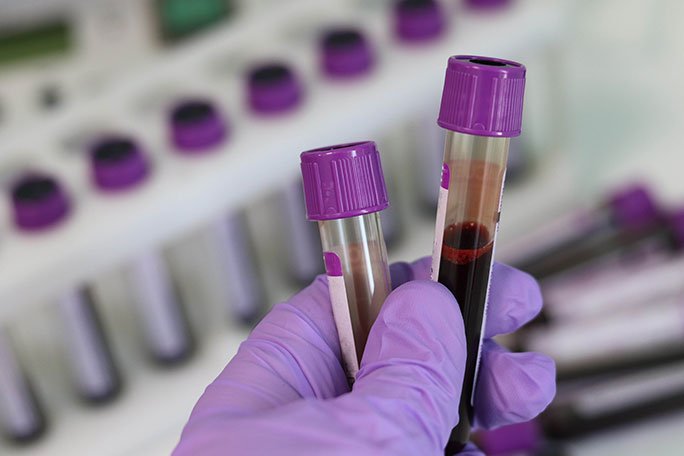Energy-Efficient Hospital Equipment: Cost Savings and Sustainability Benefits
Summary
- Energy-efficient hospital equipment can lead to significant cost savings in the long run.
- Investing in energy-efficient equipment can reduce operational costs and improve overall efficiency of healthcare facilities.
- Utilizing energy-efficient hospital equipment contributes to sustainability efforts and helps reduce the carbon footprint of healthcare facilities.
Introduction
Hospitals in the United States are faced with the constant challenge of managing costs while providing quality care to patients. One area where cost savings can be achieved is through the implementation of energy-efficient hospital equipment. Energy-efficient equipment not only helps in reducing operational costs but also contributes to sustainability efforts and helps in the reduction of the carbon footprint of healthcare facilities.
Cost Savings Associated with Energy-efficient Hospital Equipment
Reduced Energy Consumption
Energy-efficient hospital equipment such as HVAC systems, lighting, and medical devices are designed to consume less energy compared to traditional equipment. By investing in energy-efficient equipment, hospitals can significantly reduce their energy consumption, leading to lower utility bills.
Long-term Cost Savings
While energy-efficient equipment may have a higher upfront cost, the long-term savings outweigh the initial investment. Over time, hospitals can save money on energy bills and maintenance costs, making it a cost-effective solution in the long run.
Improved Operational Efficiency
Energy-efficient hospital equipment is designed to be more reliable and require less maintenance compared to traditional equipment. This leads to improved operational efficiency as downtime due to equipment failure is minimized, reducing costs associated with repairs and replacements.
Regulatory Incentives and Rebates
Many states in the United States offer incentives and rebates for hospitals that invest in energy-efficient equipment. These incentives can help offset the initial cost of purchasing energy-efficient equipment, making it a more attractive option for healthcare facilities.
Positive Impact on Patient Care
Energy-efficient equipment can also have a positive impact on patient care by providing a comfortable and safe environment for patients. Improved lighting, temperature control, and air quality can enhance the overall patient experience and contribute to better health outcomes.
Case Studies
Case Study 1: XYZ Hospital
- XYZ Hospital invested in energy-efficient lighting systems throughout their facility.
- As a result, they were able to reduce their energy consumption by 20% in the first year.
- The hospital saved over $100,000 in energy costs annually.
Case Study 2: ABC Medical Center
- ABC Medical Center upgraded their HVAC systems to energy-efficient models.
- They saw a 15% reduction in their energy bills within the first year of implementation.
- The hospital received a rebate of $50,000 from the state government for their energy-saving efforts.
Conclusion
Energy-efficient hospital equipment offers a wide range of benefits to healthcare facilities in the United States. From cost savings and improved operational efficiency to positive impacts on patient care and sustainability efforts, investing in energy-efficient equipment is a smart choice for hospitals looking to reduce costs and enhance their overall performance. By making the switch to energy-efficient equipment, hospitals can not only save money but also contribute to a more sustainable and environmentally friendly healthcare system.

Disclaimer: The content provided on this blog is for informational purposes only, reflecting the personal opinions and insights of the author(s) on the topics. The information provided should not be used for diagnosing or treating a health problem or disease, and those seeking personal medical advice should consult with a licensed physician. Always seek the advice of your doctor or other qualified health provider regarding a medical condition. Never disregard professional medical advice or delay in seeking it because of something you have read on this website. If you think you may have a medical emergency, call 911 or go to the nearest emergency room immediately. No physician-patient relationship is created by this web site or its use. No contributors to this web site make any representations, express or implied, with respect to the information provided herein or to its use. While we strive to share accurate and up-to-date information, we cannot guarantee the completeness, reliability, or accuracy of the content. The blog may also include links to external websites and resources for the convenience of our readers. Please note that linking to other sites does not imply endorsement of their content, practices, or services by us. Readers should use their discretion and judgment while exploring any external links and resources mentioned on this blog.
